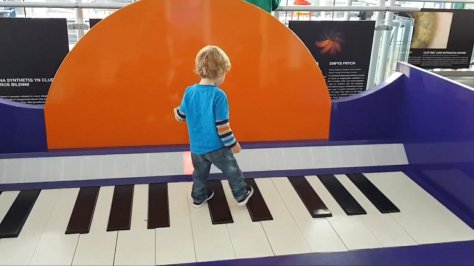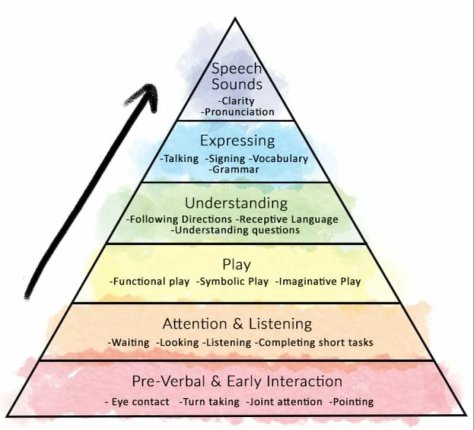In 2013, the epic film telling us all to just ‘Let It Go’ hit our screens, with crazy round bellied snow men and reindeer with strange impressions crunching carrots. Little girls ran down hallways in snowflake encrusted gowns, trains of material temping the naughty foot to entice an unfortunate trip up.
For those without kids, you may think the magic of Elsa faded as those young children grew up. But I can reassure you that the magic still goes on and she has still not let it go!
My youngest (now three) is the next generation of frozen enthusiasts, even getting hooked on the sequel (dvd release), and my eldest from the first generation of frozen excitement, still has the magic in his bones.
Santa was thoughtful this year and sent an amazing Easy Keyboard Tunes book of Disney songs, including all the classics, from bouncing Tiggers to the tune of the monkey wanting the secret of man’s red flower. But it would not have been five star Amazon rated without the Frozen classic, and thankfully it did not disappoint.
The book’s crisp pages were turned with each song receiving a gasp of excitement, by my eldest, as he marvelled at the selection of choice.
“This one he shouted” and placing the book on its holder, he lined up his fingers on the keys.
Now my middle son, Rhys, loves music, but has become quite particular about the songs which can be sung and anyone in the house striking up a tune. Many reasons spin through my mind, from the lack of perfect pitch his audience emanates, to the song versions not correlating to what he has playing in his head. His autism means he likes things in a certain way, and lack of tune does not rank highly in his book.

But we carry on, and find new songs which he doesn’t know, therefore ensuring the tune can form a new connection and experience for him. We have got very creative over the years.
So when my eldest decided to strike a note it was going to be interesting to see Rhys’ reaction.
The first few notes started to be played representing the first words of the classic tune we had all grown to love (or is it hate?) As the notes moved through the song, in a clunky, unusual flow, I could hear the familiarity in it.
My eldest didn’t sing the words, the concentration of the first run through of the notes was enough at this moment. But as we listened, a tiny voice who had never sung the song in his life suddenly came to life in the next room.
🎵 Let it go, let it go … 🎵
“Did you hear that?” I shouted to my eldest.
“Rhys is singing the song” he responded.
We both beamed with pride at what we had heard, these moments are magical in our house, the sudden demonstration of development or proof that we are moving forward with engagement, speech and interaction. The sign that we are doing things right!
We immediately both broke into tune, ecstatic that Rhys had picked up on all the years of frozen excitement and was ready to experience in a joint love.
🎵Can’t hold it back anymore
Let it go, let it go
Turn away and slam the door
I don’t care what they’re going to say …🎵
We were both belting it out, the keyboard notes all over the place, our inability to multi task so early on in our musical immaturity. We were bopping around thinking we were West end stars, both understanding the leap forward Rhys had made in recognising a piece of music and then assigning the words.
But our impromptu party was abruptly halted, as Rhys entered the room and screamed full pelt at us. We felt like misbehaved school kids who had taken a bit of classroom jubilee a step too far, the noise trailing down the corridors to the heads office.
The singing stopped, the dancing halted, and my eldest clawed back the excitement placing his fingers calmly back on the black and ivory to play the notes properly.
But the words didn’t stop,
🎵 Let it go, let it go 🎵
Sang Rhys, all on his own without the fuss of us crazy nut cases!



